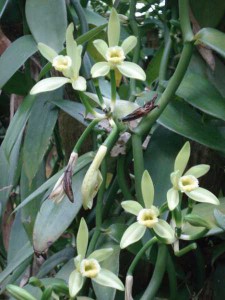
Will the 2019 Crop Bring Lower Vanilla Prices?
This article deals with a crisis that hit the vanilla industry in 2015 and drove up prices. But even without a crisis, vanilla is

This article deals with a crisis that hit the vanilla industry in 2015 and drove up prices. But even without a crisis, vanilla is
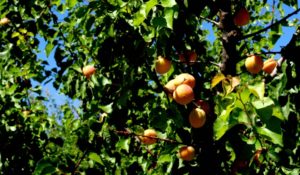
I had the good fortune to grow up next to the Valley of the Heart’s Delight. Although the region no longer hosts endless miles of
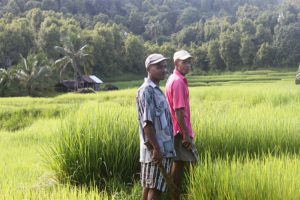
Did you know there is a dark side to fair trade vanilla? According to the World Fair Trade Organization, the definition of Fair Trade is
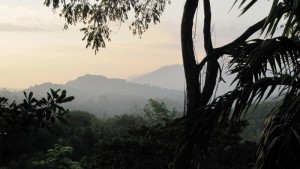
As a serious food enthusiast, along with my dedication to equitable opportunities for farmers, one of my favorite activities is visiting farms. No matter if
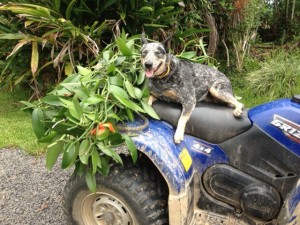
In 2013 I was contacted by the National University of Costa Rica to speak at a round-table conference on vanilla in 2016. I was
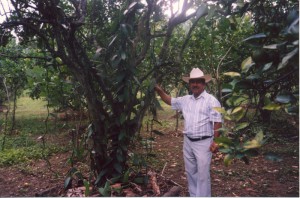
Beautiful, exotic Mexico. Warm weather, gorgeous beaches, a rich and varied culture, delicious food, and…the birthplace of vanilla. Some of you may be thinking, “Well,

For an update on the 2016 vanilla shortage, please see “Why is Vanilla so Expensive?“ Have you noticed that vanilla prices have been creeping up
Changing the World One Woman at a Time African Women’s Leadership Summits: Kenya and Uganda 2013 On July 29th, 2013, I leave for East Africa.
This report comes from Aust and Hachmann, Canada and is based on the North American Vanilla Bean Importer’s Association (NAVBIA) report. I am adding to
As farmers anywhere in the world can testify, as the climate changes, so does the health of their crops. For those of us who are
Another vanilla crisis? Didn’t we just have one? Yep, we sure did and the price of a little bottle of vanilla was ridiculously high! So
How do we measure time? Years, decades, significant events, transformative experiences? I’ve been pondering this over the past few weeks for a couple of reasons. The
The North American Vanilla Bean Importers Association (NAVBIA) has launched a new website. The association was formed by several vanilla trading companies who are very
Theresia Ndirangu is a single, 42-year-old Kikuyu woman from Kenya with both the focus and determination to succeed at anything she believes in, despite having faced staggering
Some changes have occurred in the world market over the last year which may be helpful for farmers growing certain luxury crops. Unfortunately, it’s often
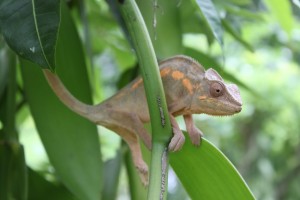
Written by Sarah Osterhoudt of From the Field Trading When my husband and I first walked through the forest vanilla gardens in the community of
Human Rights Watch (HRW) has released a report that sounds straight out of the early 19th century. Unfortunately, it’s occurring in 2010 right here in
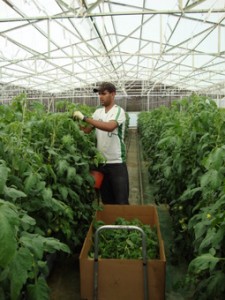
In the summer of 2007 I met Chris Barden of Worldwide Farmers Exchange (WFE), a program operating out of Berkeley California. We were attending an
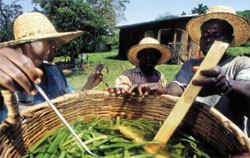
When Lulu Sturdy inherited her uncle’s run-down Ugandan estate, she found herself alone on a failing farm in a war zone. Seven years on, she
Preventing and Managing Fusarium Courtesy of David Gardella: www.rainforestvanilla.org Vanilla is a magnificent tropical crop, but it comes with challenges. Most vanilla producers fall in
© 2021. All Rights Reserved
Designed/Developed by Kat & Mouse